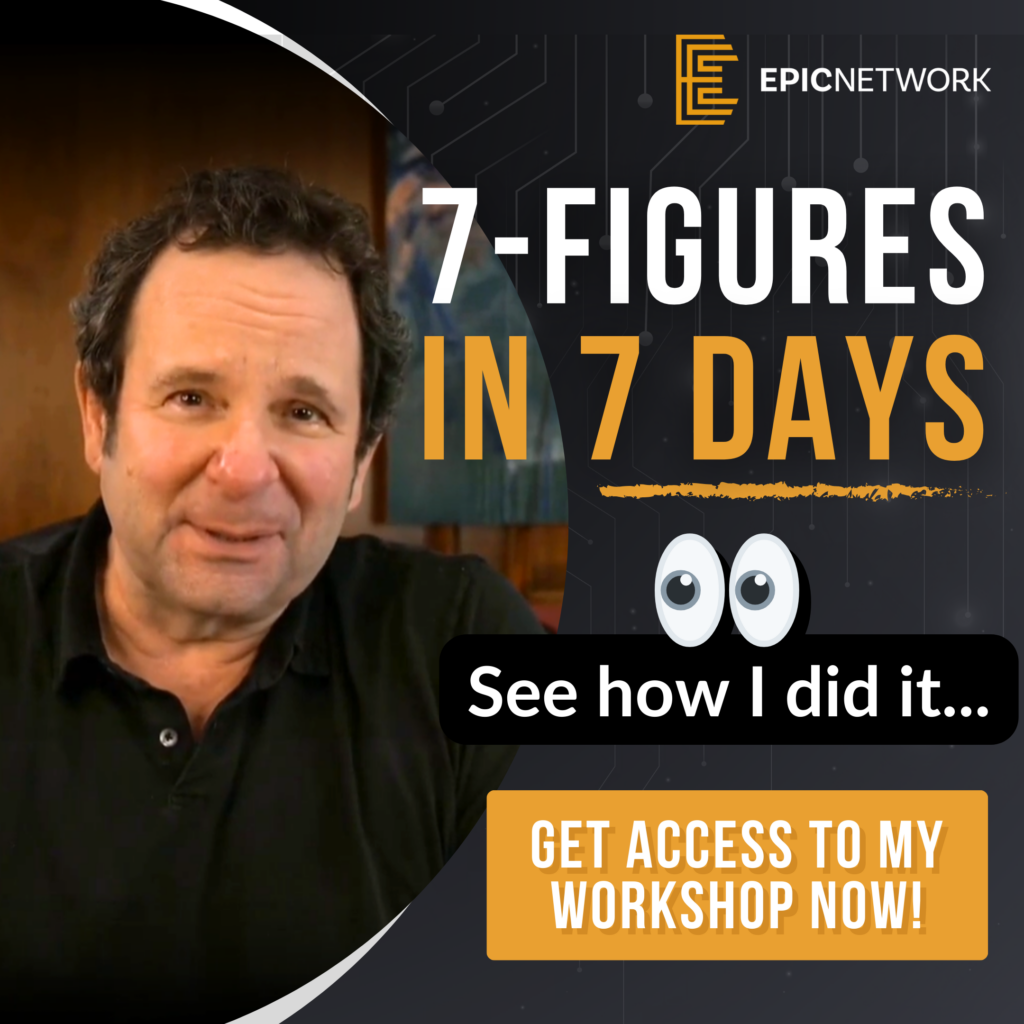
With essential business acquisition information, buying a business doesn’t have to be a drawn-out, complicated process. Armed with the right data, you can quickly determine whether a business fits your acquisition criteria and structure a deal that works for both parties. This guide breaks down the business acquisition information you need and how to gather it effectively—without unnecessary delays.
1. Focus on Essential Business Acquisition Information from Seller
To evaluate a potential acquisition, you don’t need tax returns, financial statements, or organizational charts. These often require involvement from third parties, such as attorneys or accountants, which can create unnecessary hurdles.
Instead, focus on gathering these essentials:
- Basic Asset Information:
- Cash
- Accounts receivable
- Inventory
- Equipment
- Real estate
- Key Financial Metrics:
- Profit (SDE or EBITDA)
- Annual sales
- Annual recurring revenue (ARR)
- Asking price and multiple
By focusing on this core data, you can quickly evaluate whether the business aligns with your acquisition criteria and financing strategy.
2. Avoid Deal Blockers with Accurate Business Acquisition Information
Requesting complex financial statements or requiring NDAs at the initial stage can slow down negotiations. Instead:
- Request Asset Information Directly: Speak to the seller and gather details during a conversation. Avoid sending detailed forms or spreadsheets that might involve their accountant or attorney.
- Keep it Simple: Frame the request in a conversational manner, such as:
- “I need some basic information about the company to see if it’s a good fit for me. Would you be open to a quick call to discuss this?”
This approach keeps the process moving while building trust with the seller.
3. The Importance of Seller Motivation
Understanding why a seller wants to exit their business is critical. These insights help you gauge their level of motivation and determine how flexible they might be in negotiations.
Key Questions to Ask:
- What is your reason for selling?
- This question uncovers their motivation and helps identify whether they’re serious about the sale.
- What do you plan to do after selling the business?
- This question allows you to envision how you can help them achieve their goals post-sale, making your offer more appealing.
4. Use Asset Information for Deal Structuring
The asset information you gather will play a key role in determining how to finance the acquisition. By knowing the value of the business’s assets, you can leverage them to create a deal stack that minimizes your out-of-pocket costs.
Examples of Asset-Driven Financing:
- Accounts Receivable Financing: Use outstanding invoices to secure upfront capital.
- Inventory Financing: Leverage inventory as collateral for loans.
- Seller Financing: Negotiate payment terms directly with the seller.
Pro Tip: The data you collect doesn’t just inform valuation; it also opens the door to creative financing strategies that make acquisitions more accessible.
5. Avoid Over-Complicating the Process
Stick to the information you truly need. Overloading the seller with requests for unnecessary documentation can jeopardize the deal. The goal is to move quickly and efficiently through the evaluation phase while maintaining a positive relationship with the seller.
Final Thoughts
Gathering the right business acquisition information doesn’t require a mountain of paperwork or weeks of back-and-forth. Focus on the essentials: asset details, financial metrics, and seller motivation. With this streamlined approach, you’ll be equipped to make informed decisions and present compelling offers—without unnecessary delays.
Additional Business Acquisition Information Resources:
- Business Valuation: Key Metrics Explained
- How to Identify Motivated Sellers
- The Role of Asset Financing in Acquisitions
Ready to explore acquisition strategies that fit your needs?
Book a Free Strategy Session with the EPIC Network to discover customized solutions to support your success.










